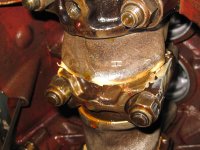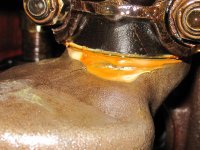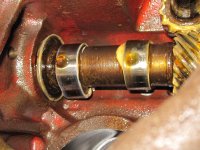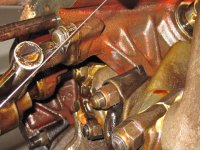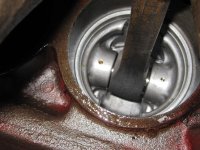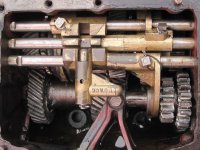healeyblue - I will give that a try. If that does not work, I'm hoping that a plate from one of my spare later 3000 engines will fit.
Keith, I'm thinking that the engine almost certainly came from a non-Healey car of the same vintage. But as long as the castings are identical to the Healey castings, it might be better to use this engine instead of a later engine from a 3000.
By the way, the carburetors are SU carburetors. I can't make out all the numbers on them yet, due to the layer of dirt, but can see the numbers on the float bowl tops. They are 1160 and 1161. Numbers on the carb bodies seem to be something like C 2060 Z, although I will need to do some disassembly and cleaning to see the numbers properly.
Keith, I'm thinking that the engine almost certainly came from a non-Healey car of the same vintage. But as long as the castings are identical to the Healey castings, it might be better to use this engine instead of a later engine from a 3000.
By the way, the carburetors are SU carburetors. I can't make out all the numbers on them yet, due to the layer of dirt, but can see the numbers on the float bowl tops. They are 1160 and 1161. Numbers on the carb bodies seem to be something like C 2060 Z, although I will need to do some disassembly and cleaning to see the numbers properly.

 Hi Guest!
Hi Guest!

 smilie in place of the real @
smilie in place of the real @
 Pretty Please - add it to our Events forum(s) and add to the calendar! >>
Pretty Please - add it to our Events forum(s) and add to the calendar! >> 
